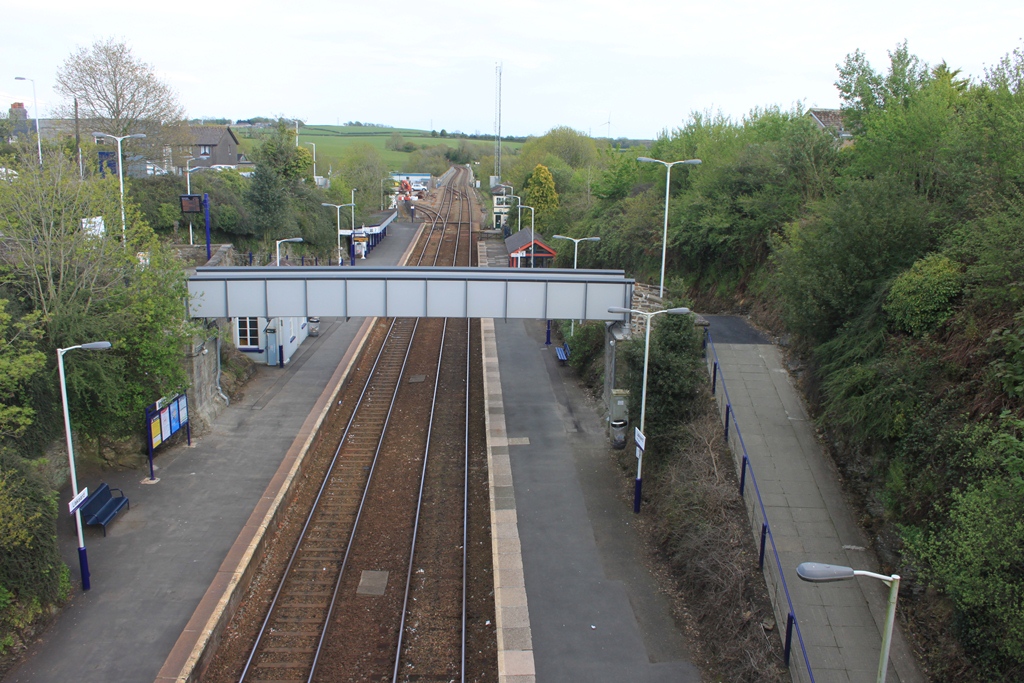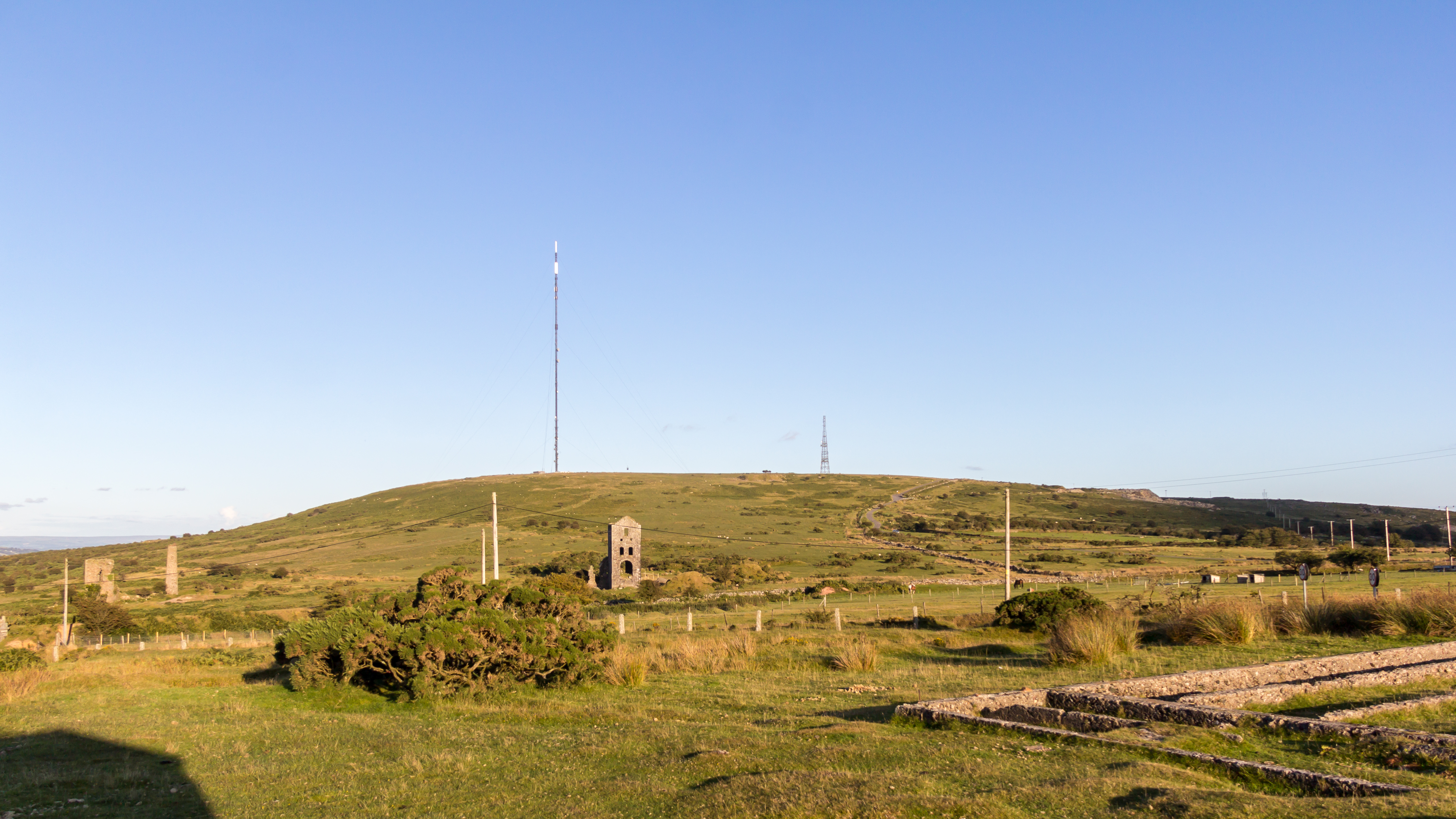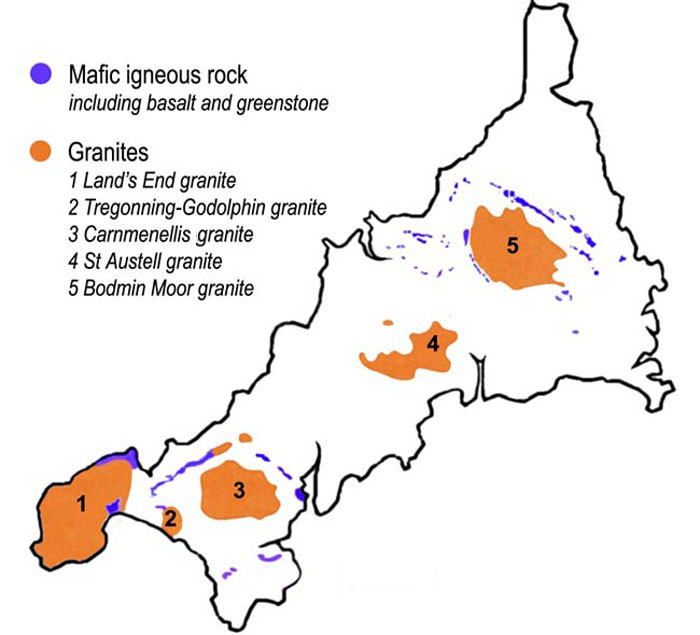|
Moorswater
Moorswater is an industrial suburb of Liskeard in Cornwall, England, United Kingdom. It is situated approximately half-a-mile (0.8 km) west of Liskeard town centre.Ordnance Survey: Landranger map sheet 201 ''Plymouth & Launceston'' Moorswater has a long industrial history and lies south of the former mining area around Kit Hill and Caradon Hill at the southeast edge of Bodmin Moor. Moorswater was at the southern end of one of Cornwall's early railways, the Liskeard and Caradon Railway mineral line which opened in 1844. Moorswater lies in a valley which is spanned by Moorswater viaduct carrying the Cornish Main Line railway. The single-track Looe Valley Line branches from the main line at Liskeard railway station and descends into the valley allowing freights trains to access Moorswater Industrial Estate on the site of the former Moorswater railway station, once the centre of operations for the Liskeard and Caradon Railway. The former china clay works at Moorswater is no ... [...More Info...] [...Related Items...] OR: [Wikipedia] [Google] [Baidu] |
Looe Valley Line
The Looe Valley Line is an community railway from Liskeard to Looe in Cornwall, United Kingdom, that follows the valley of the East Looe River for much of its course. It is operated by Great Western Railway. History The Looe Valley Line was opened as the Liskeard and Looe Railway on 27 December 1860 from a station at Moorswater, a little west of Liskeard, to the quayside at Looe, replacing the earlier Liskeard and Looe Union Canal. At Moorswater it connected with the Liskeard and Caradon Railway which conveyed granite from quarries on Bodmin Moor. Passenger services commenced on 11 September 1879, but the Moorswater terminus was inconvenient as it was remote from Liskeard and a long way from the Cornwall Railway station on the south side of the town. On 15 May 1901 the railway opened a curving link line from Coombe Junction, a little south of Moorswater, to the now Great Western Railway station at Liskeard. The section from Coombe Junction to Moorswater was closed to passe ... [...More Info...] [...Related Items...] OR: [Wikipedia] [Google] [Baidu] |
Moorswater Viaduct HST
Moorswater is an industrial suburb of Liskeard in Cornwall, England, United Kingdom. It is situated approximately half-a-mile (0.8 km) west of Liskeard town centre.Ordnance Survey: Landranger map sheet 201 ''Plymouth & Launceston'' Moorswater has a long industrial history and lies south of the former mining area around Kit Hill and Caradon Hill at the southeast edge of Bodmin Moor. Moorswater was at the southern end of one of Cornwall's early railways, the Liskeard and Caradon Railway mineral line which opened in 1844. Moorswater lies in a valley which is spanned by Moorswater viaduct carrying the Cornish Main Line railway. The single-track Looe Valley Line branches from the main line at Liskeard railway station and descends into the valley allowing freights trains to access Moorswater Industrial Estate on the site of the former Moorswater railway station, once the centre of operations for the Liskeard and Caradon Railway. The former china clay works at Moorswater is ... [...More Info...] [...Related Items...] OR: [Wikipedia] [Google] [Baidu] |
Liskeard And Caradon Railway
The Liskeard and Caradon Railway was a mineral railway in Cornwall, in the United Kingdom, which opened in 1844. It was built to carry the ores of copper and tin, and also granite, from their sources on Caradon Hill down to Moorswater for onward transport to market by way of Looe Harbour and coastal shipping. At first this was on the Liskeard and Looe Union Canal and later on the parallel Liskeard and Looe Railway. The Liskeard and Caradon Railway was exceedingly successful while mineral extraction boomed, but it was entirely dependent on that traffic and when the mines and quarries declined, the railway declined too, and eventually failed financially. In 1909 it was purchased by the Great Western Railway, but its days were already numbered, and it closed in 1917, its track materials being removed in aid of the war effort. Origins Traces of copper ore had been discovered in streams for some time, but the turning point was the discovery of copper ore at South Caradon in 1836 ... [...More Info...] [...Related Items...] OR: [Wikipedia] [Google] [Baidu] |
Moorswater Railway Station
Moorswater railway station was the centre of operations for the Liskeard and Caradon Railway and the Liskeard and Looe Railway. The two railways made an end on junction here. It was the site of the lines' engine shed, also a china clay works which is now used as a cement terminal. History The Liskeard and Caradon Railway was opened on 28 November 1844 from quarries on the moors north of Liskeard to Moorswater where goods were transshipped to the Liskeard and Looe Union Canal. At Looe they could then be transhipped again to sea-going vessels for transport further around the coast. The canal was superseded by a railway on 27 December 1860 and passengers were carried on the Moorswater to Looe section from 11 September 1879. The Cornwall Railway, which opened in 1859, had intended to make a junction with the Liskeard and Caradon Railway near Moorswater but a lack of capital saw this scheme abandoned, the line passing high above the goods yard on the Moorswater Viaduct. T ... [...More Info...] [...Related Items...] OR: [Wikipedia] [Google] [Baidu] |
Moorswater Viaduct
The Cornwall Railway company constructed a railway line between Plymouth and Truro in the United Kingdom, opening in 1859, and extended it to Falmouth in 1863. The topography of Cornwall is such that the route, which is generally east–west, cuts across numerous deep river valleys that generally run north–south. At the time of construction of the line, money was in short supply due to the collapse in confidence following the railway mania, and the company sought ways of reducing expenditure. On the advice of the Victorian railway engineer Isambard Kingdom Brunel, they constructed the river crossings in the form of wooden viaducts, 42 in total, consisting of timber deck spans supported by fans of timber bracing built on masonry piers. This unusual method of construction substantially reduced the first cost of construction compared to an all-masonry structure, but at the cost of more expensive maintenance. Replacement of the timber viaducts by all-masonry structures began in ... [...More Info...] [...Related Items...] OR: [Wikipedia] [Google] [Baidu] |
Liskeard Railway Station
Liskeard railway station serves the town of Liskeard in Cornwall, England. The station is approximately west of Plymouth on the Cornish Main Line and from via . It is the junction for the Looe Valley Line. The railway station is situated approximately south-west of Liskeard town centre. History Cornwall Railway The station opened with the Cornwall Railway on 4 May 1859. It was described at the time as occupying "an elevated position nearly a mile to the south of the town", the main building "stands considerably above the rails, the descent to which is by a long flight of steps, which will be hereafter, we understand, entirely covered in. The building is of stone, having a large verandah projecting over the road. On the opposite side of the line is the arrival station, which is also a stone erection; and to the south of this, is the goods shed, which is a timber structure, having warehouses and offices at the ends". Traffic at the new station was sufficient to warrant addit ... [...More Info...] [...Related Items...] OR: [Wikipedia] [Google] [Baidu] |
Cornish Main Line
The Cornish Main Line ( kw, Penn-hyns-horn Kernow) is a railway line in Cornwall and Devon in the United Kingdom. It runs from Penzance to Plymouth, crossing from Cornwall into Devon over the famous Royal Albert Bridge at Saltash. It directly serves Truro, St Austell, Bodmin (by a Parkway station) and Liskeard. It forms the backbone for rail services in Cornwall and there are branches off it which serve St Ives, Falmouth, Newquay and Looe. The main line also carries direct trains to and from London, Birmingham, Cardiff, Manchester, the north of England and Scotland. It is the southernmost railway line in the United Kingdom and the westernmost in England. History The Cornish Main Line was originally built by two separate railway companies, the West Cornwall Railway between Truro and Penzance, opened in 1852, and the Cornwall Railway between Plymouth and a separate station in Truro, opened in 1859. The West Cornwall Railway was itself based on the Hayle Railway, opened in ... [...More Info...] [...Related Items...] OR: [Wikipedia] [Google] [Baidu] |
Liskeard
Liskeard ( ; kw, Lyskerrys) is a small ancient stannary and market town in south-east Cornwall, South West England. It is situated approximately 20 miles (32 km) west of Plymouth, west of the Devon border, and 12 miles (20 km) east of Bodmin. The Bodmin Moor lies to the north-west of the town. The total population of the town at the 2011 census was 11,366 History The Cornish place name element ''Lis'', along with ancient privileges accorded the town, indicates that the settlement was once a high status 'court'. King Dungarth whose cross is a few miles north near St Cleer is thought to be a descendant of the early 8th century king Gerren of Dumnonia and is said to have held his court in Liskeard (''Lis-Cerruyt''). Liskeard (Liscarret) was at the time of the Domesday Survey an important manor with a mill rendering 12d. yearly and a market rendering 4s. William the Conqueror gave it to Robert, Count of Mortain by whom it was held in demesne. Ever since that time ... [...More Info...] [...Related Items...] OR: [Wikipedia] [Google] [Baidu] |
Caradon Hill
Caradon Hill ( kw, Bre Garn) is on Bodmin Moor in the former Caradon district of Cornwall, England, United Kingdom. The summit is above mean sea level. Caradon Hill is on the southeastern edge of the moor; it is between the villages of Minions (northwest), Upton Cross (northeast), Pensilva (southeast) and Darite (southwest). The hill was once famous for its copper mines but these are now closed. The South Caradon Copper Mine, 1 km to the SW of the transmitter, was the biggest copper mine in the UK in its heyday in the second half of the 19th century. Other disused copper and tin mines are scattered around the base of the hill, including the Wheal Phoenix, well known among mineral collectors. The ruins of the Prince of Wales engine house are prominent at Wheal Phoenix. at [...More Info...] [...Related Items...] OR: [Wikipedia] [Google] [Baidu] |
Bodmin Moor
Bodmin Moor ( kw, Goon Brenn) is a granite moorland in north-eastern Cornwall, England. It is in size, and dates from the Carboniferous period of geological history. It includes Brown Willy, the highest point in Cornwall, and Rough Tor, a slightly lower peak. Many of Cornwall's rivers have their sources here. It has been inhabited since at least the Neolithic era, when primitive farmers started clearing trees and farming the land. They left their megalithic monuments, hut circles and cairns, and the Bronze Age culture that followed left further cairns, and more stone circles and stone rows. By medieval and modern times, nearly all the forest was gone and livestock rearing predominated. The name Bodmin Moor is relatively recent. An early mention is in the ''Royal Cornwall Gazette'' of 28 November 1812. The upland area was formerly known as Fowey Moor after the River Fowey, which rises within it. Geology Bodmin Moor is one of five granite plutons in Cornwall that make up ... [...More Info...] [...Related Items...] OR: [Wikipedia] [Google] [Baidu] |
Cement Train Shunts At Moorswater Sidings - Geograph
A cement is a binder, a chemical substance used for construction that sets, hardens, and adheres to other materials to bind them together. Cement is seldom used on its own, but rather to bind sand and gravel (aggregate) together. Cement mixed with fine aggregate produces mortar for masonry, or with sand and gravel, produces concrete. Concrete is the most widely used material in existence and is behind only water as the planet's most-consumed resource. Cements used in construction are usually inorganic, often lime or calcium silicate based, which can be characterized as hydraulic or the less common non-hydraulic, depending on the ability of the cement to set in the presence of water (see hydraulic and non-hydraulic lime plaster). Hydraulic cements (e.g., Portland cement) set and become adhesive through a chemical reaction between the dry ingredients and water. The chemical reaction results in mineral hydrates that are not very water-soluble and so are quite durable in w ... [...More Info...] [...Related Items...] OR: [Wikipedia] [Google] [Baidu] |









